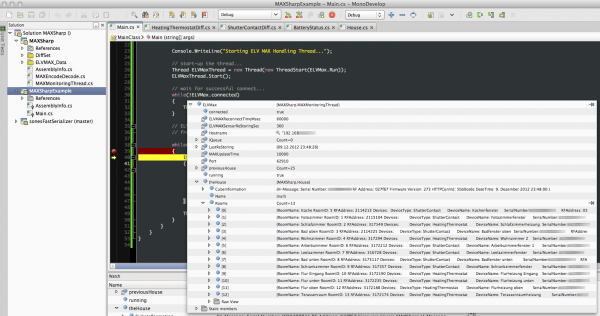I am currently in the process of reducing my presence on the usual social networks. Here is my reasoning and how I will do it.
Facebook, Twitter, Instagram and alike are seemingly at the peak of their popularity and more and more users get more and more concerned about how their data and privacy is handled by those social networks. So am I.
Now my main concern is not so much on the privacy side. I never published anything on a social network – private or public – that I would not be published or freely distributed/leak. But:
I have published content with the intention that it would be accessible to everyone now and in the future. The increasing risk is that those publishing platforms are going to fade away and thus will render the content I had published there inaccessible.
My preferred way of publishing content and making sure that it stays accessible is this website – my personal blog.
I am doing this since 2004. The exact year that Facebook was founded. And apparently this website and it’s content has a good chance of being available longer than the biggest social network at the present time.
So what does this mean? 3 basic implications:
- I will become a “lurker” on the social networks. Now and in the future.
- All comments and reactions I will make will be either directly in private or through my personal website publicly available and linkable.
- I will minimize my footprint on the social networks as much as possible. This for example means: If I use Twitter, all tweets will live 7 days and automatically be removed after this time. Deleting your tweets automatically is something others do as well.
As you can see: This is not about a cut or abstinence. I get information out of social networks, tweet message flows. But I do not put any trust in the longevity of both the platforms and the content published there.
The next steps for me will be a complete overaul of this website. Get everything up to current standards to streamline my publishing process.
Expect a lot of content and change – and: welcome to my blog!






















